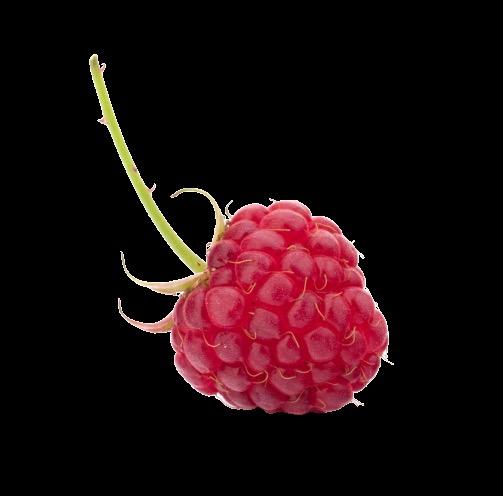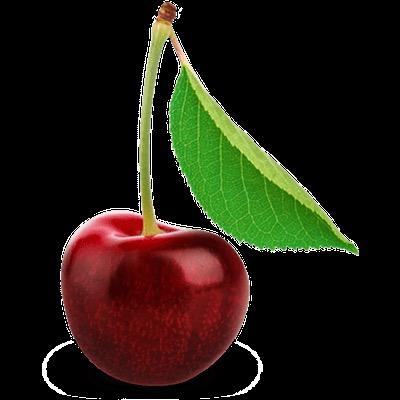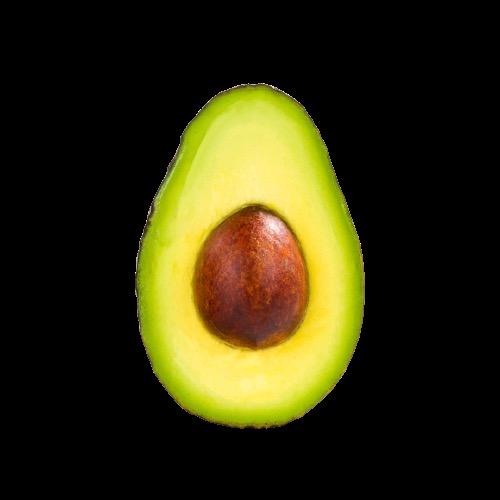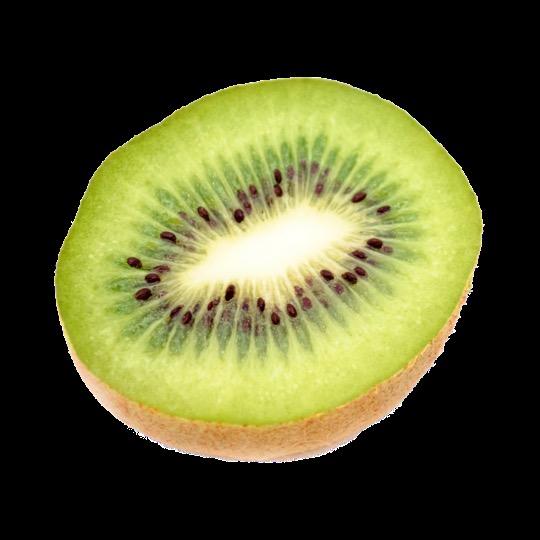

Putnam County Charter School System
Teaching Kids the Importance of Health & Wellness





TM 2024 EDITION D I G I T A L M A G A Z I N E Georgia E N R I C H M E N T

Putnam County Charter School System is proud to be participating in Wellness Wednesdays serving healthy foods & promoting nutrition education.






Teaching Kids the Importance of Nutrition

Vitamin C Vitamin A



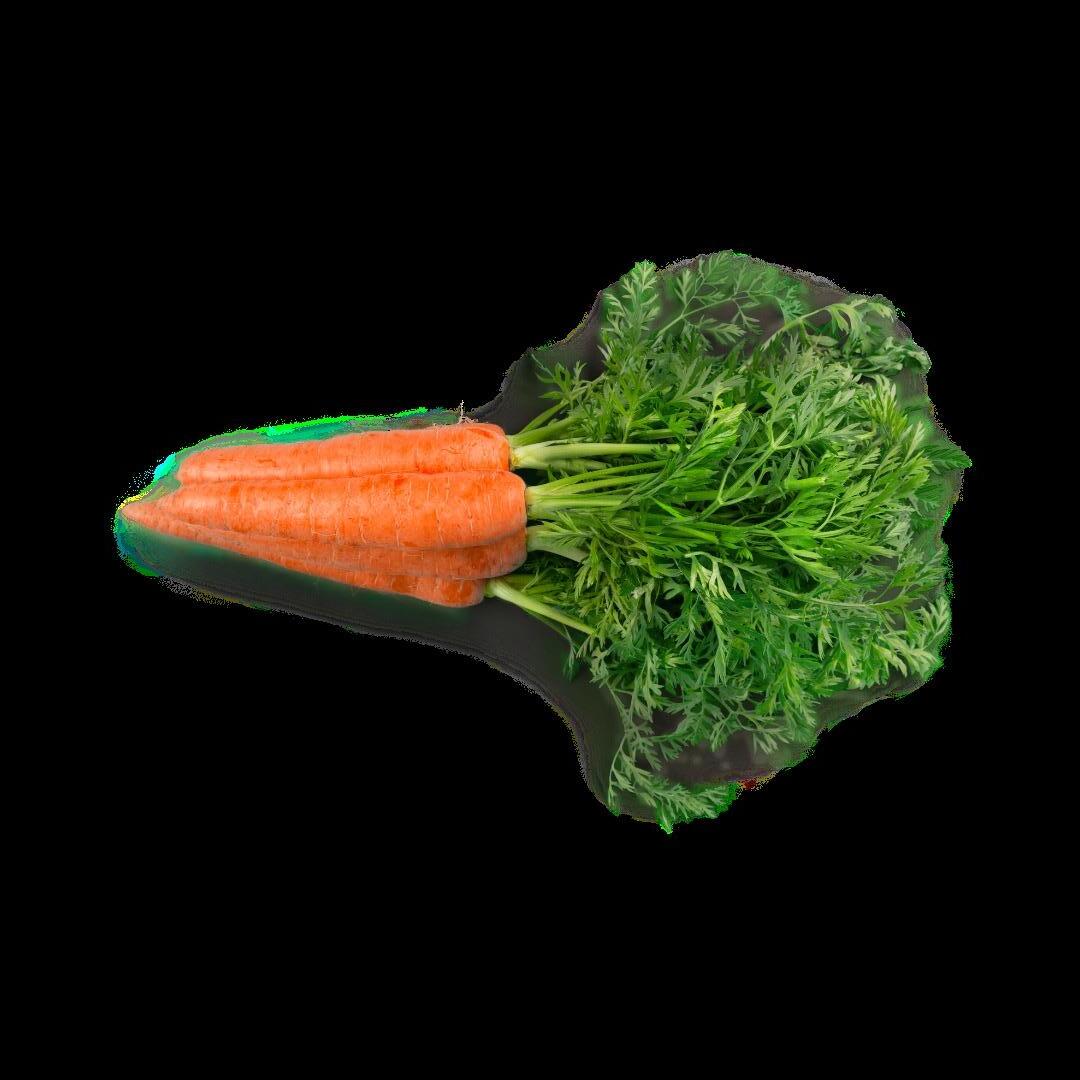
Peaches


Peaches are a type of stone fruit - a fleshy fruit that contains a hard “pit” inside.
Peaches come in two main categories – clingstone & freestone.
There are over 300 varieties of peaches.


Freestone peaches are the most common.


Once pollinated, peaches take 3-5 months to reach harvesting point.
“Persian plum”


Peach trees can produce fruit for 12 years.
1 peach tree can produce up to 66 pounds of fruit each year.
Peaches are in peak season from June - the end of August.

Peach trees usually grow to be around 25 feet tall.

Vitamin C



Vitamin C supports the immune systemthe body’s defense against infections.

ENERGY booster!
Vitamin C is also referred to as “ascorbic acid.”


Vitamin C helps keep you happy & healthy!
Vitamin C is an antioxidant.
Antioxidants help protect against damage caused by exposure to harmful substances in the environment.


The body cannot make vitamin C on its own - it has to come from food.
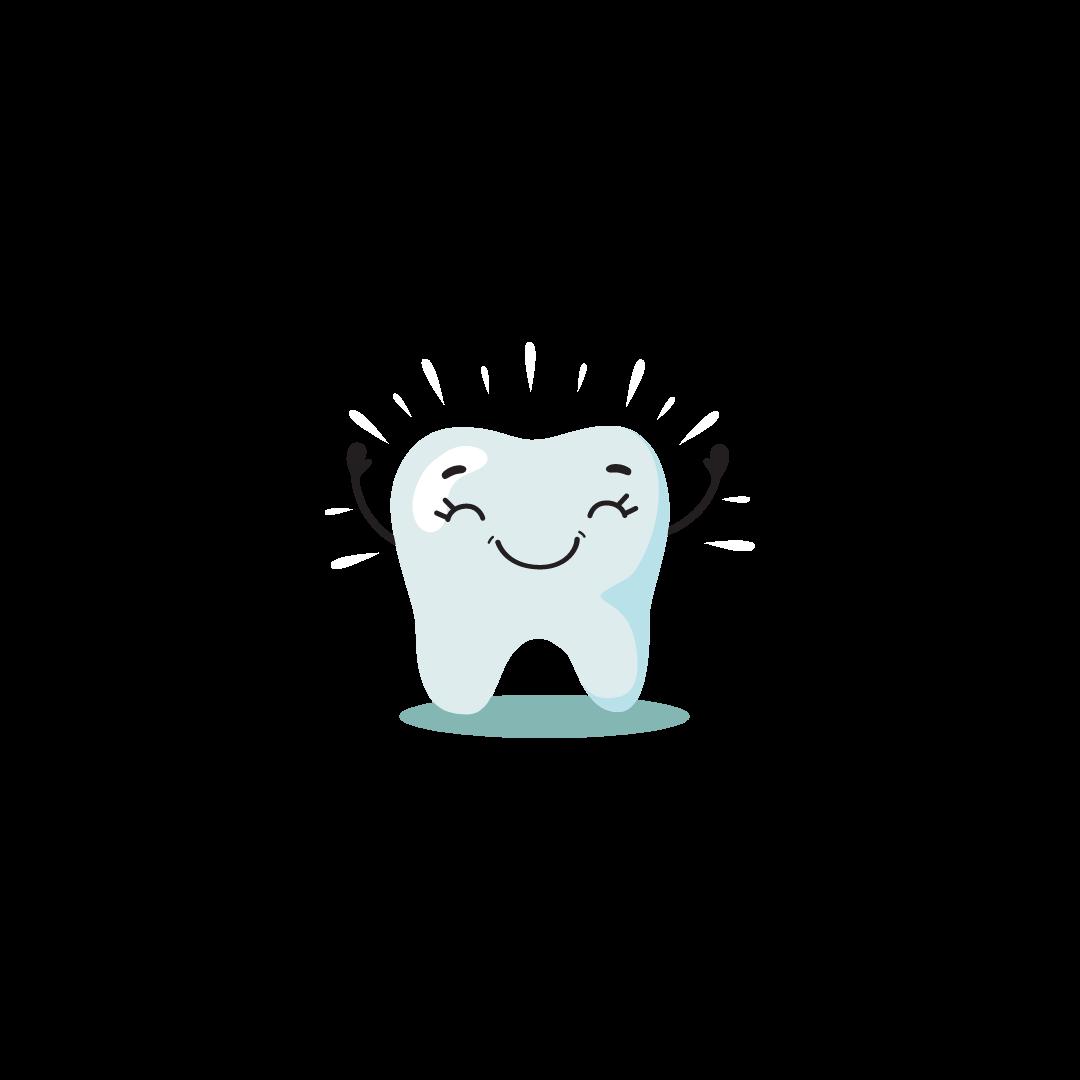
What do you call a vitamin that improves your eyesight?
A Vitamin C!

Vitamin C is a very important vitamin for healthy gums & teeth.
Green Beans



Green beans are kidney beans that are harvested at a young age.
Green beans taste best when they are thinner pencil.
Green beans are a mild flavored veggie.
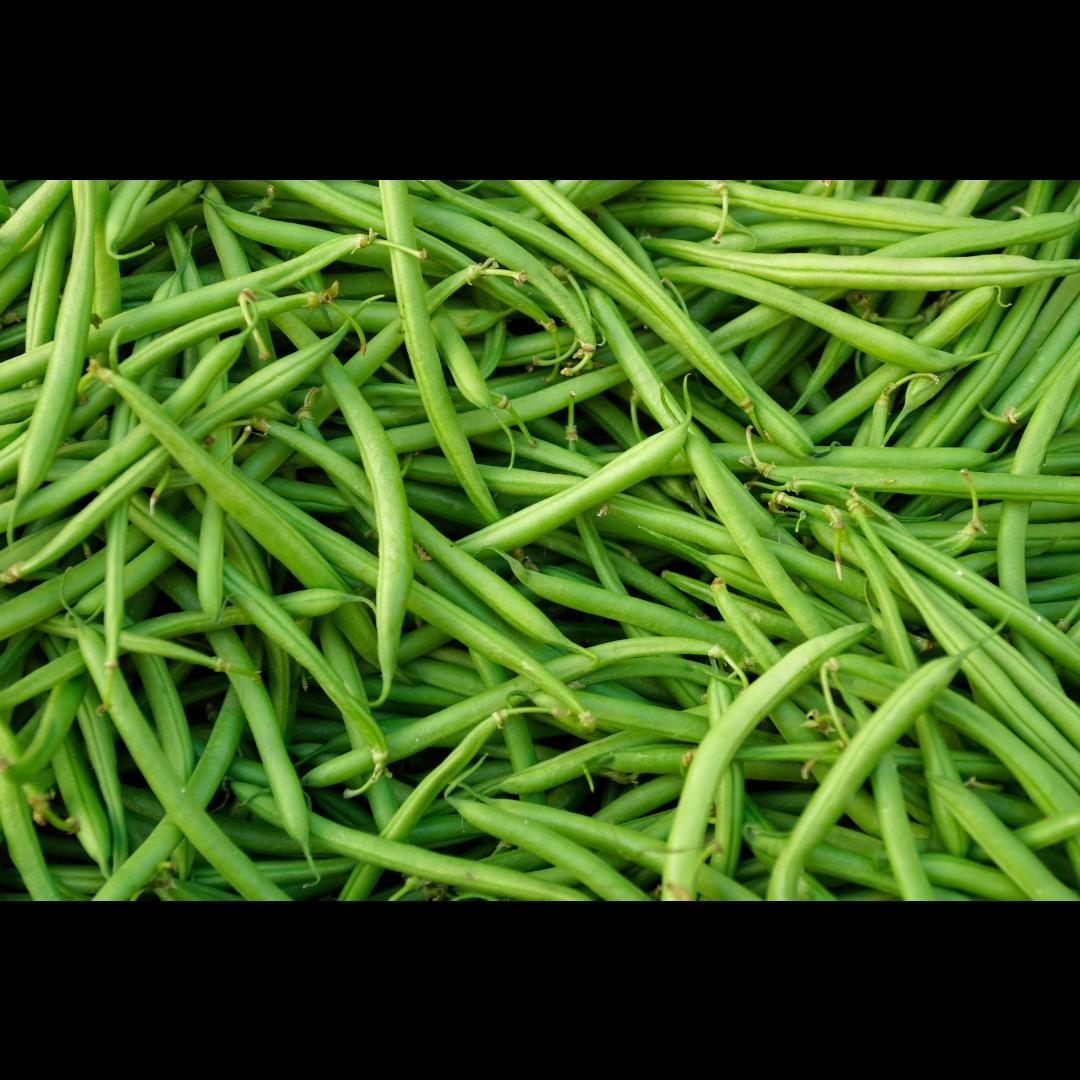
Green beans are the 3rd most homegrown vegetable.
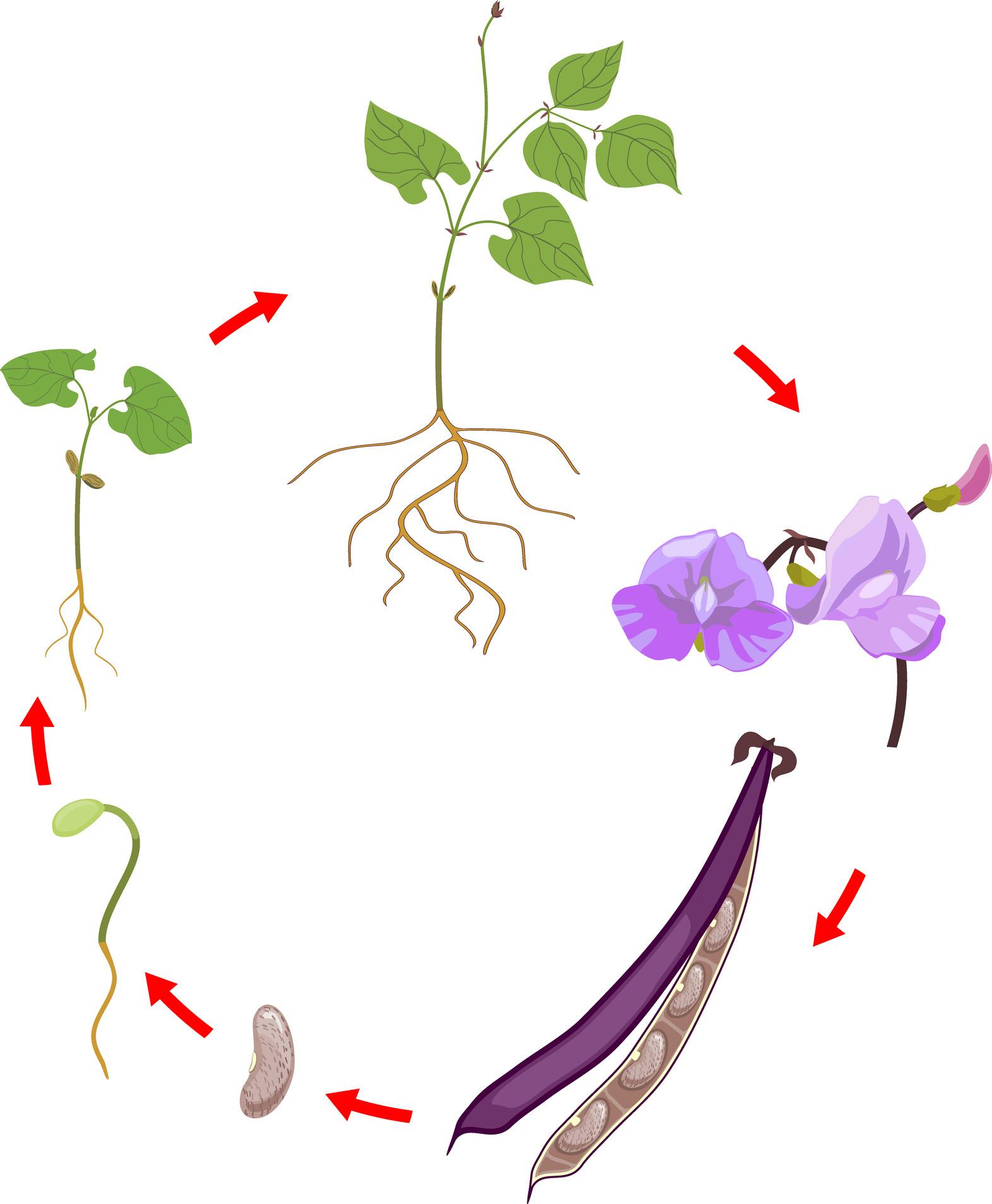
Bush & pole are the 2 main types of green beans.


130+ varieties of green beans.
Green beans are also known as “string beans” or “snap beans. ”


=
yellow or purple!
Calcium


Calcium supports healthy bones as well as proper blood

Calcium is the 5th most abundant chemical element in the Earth’s crust.
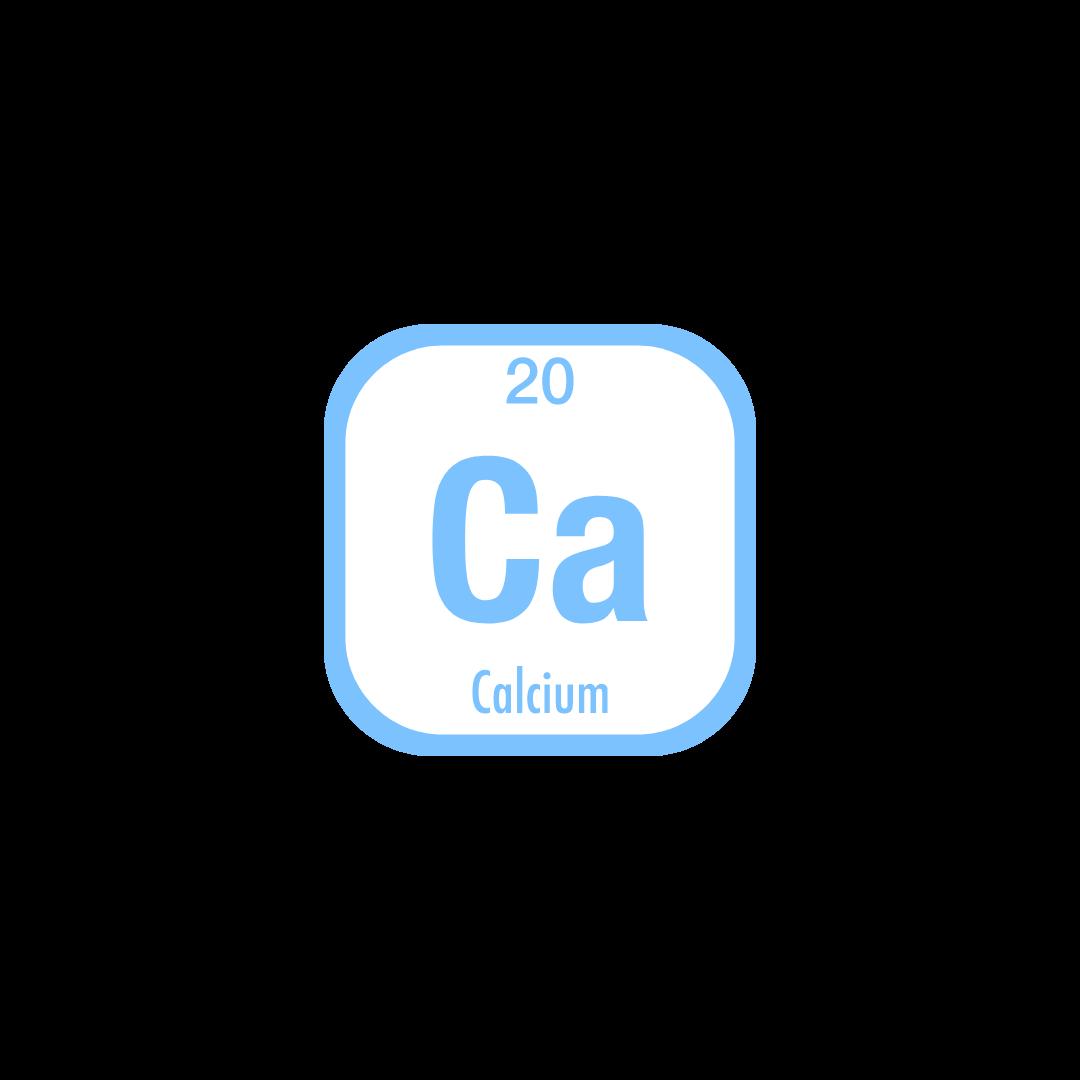
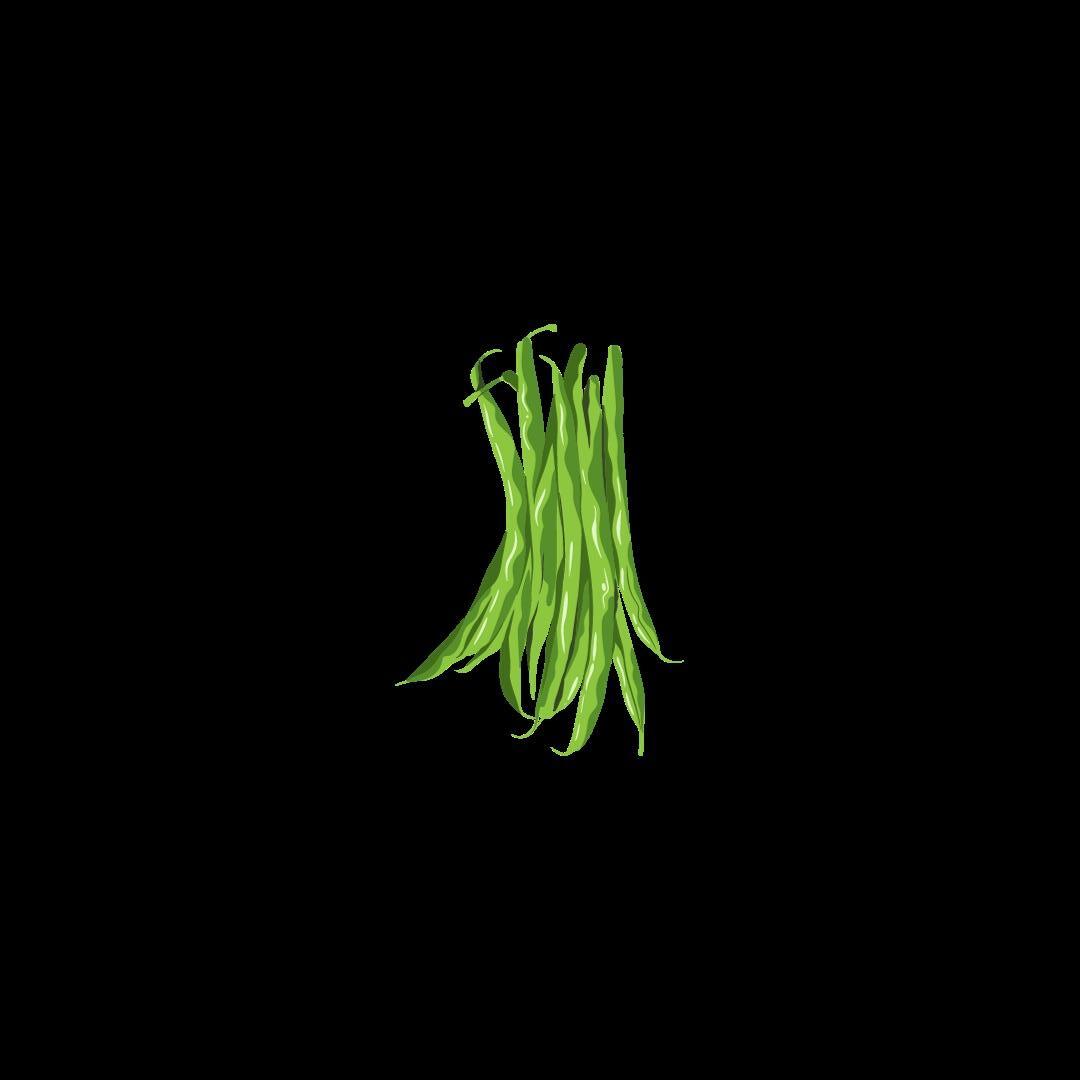

99% of the body’s calcium is stored in the bones



heart health.

Calcium helps form bones and teeth and keep them healthy.
blood, muscles & other tissues.
Calcium helps to heal cuts & wounds.
Calcium is the MOST abundant mineral in the human body.
Pears



Pears are a type of pome fruit – fruits that have a “core” and several small seeds.

Pears used to be called

Over 3,000 varieties of pears.
The most common types of pears are Anjou, Bartlett, Bosc, Comice & Forelle.
Pears prefer to grow in cooler climates
30-40 tall trees.



Pears ripen best after they are picked.
Pears are a part of the rose family.

Pears are the most fragile fruit.
The majority of pears grown in the U.S. are grown on the ALL pears are picked by HAND



Fiber



Fiber
supports movement through the digestive system
Fiber is a type of carbohydrate body doesn’t digest, it simply passes through.
Soluble fiber dissolves in water…it helps regulate blood sugar levels and removes cholesterol form the blood stream.

Insoluble fiber is sometimes referred to as “roughage. ”


2 types of fiber:

Fiber helps to regulate the body’s use of sugar
1. Soluble fiber
Insoluble fiber

Dairy & meat products do not have any fiber.
Fiber is ONLY found in plant foods.
Insoluble fiber does not dissolve in water…it helps food move throughout the digestive system.

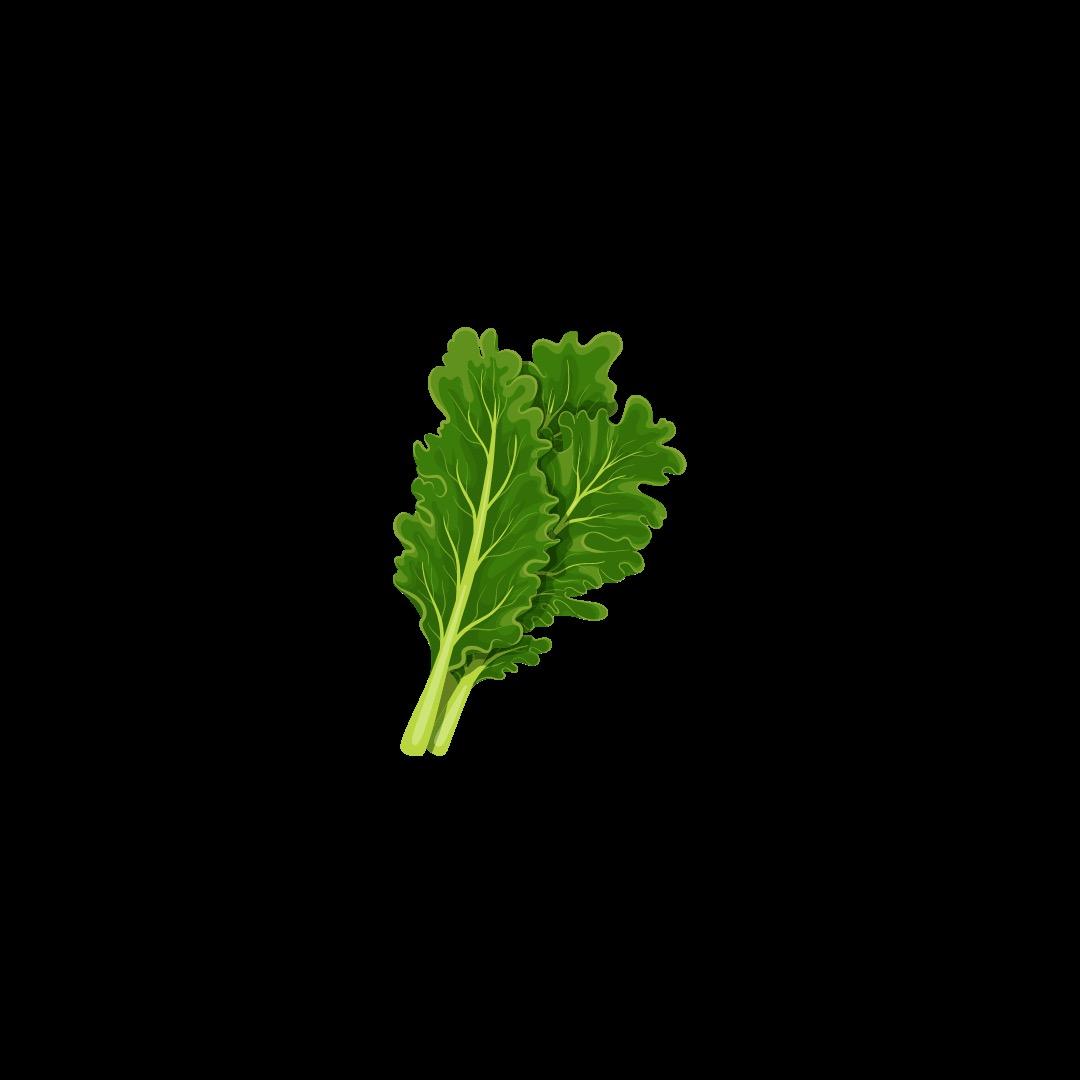
BOTH forms of fiber are important & beneficial to overall health.
Carrots



Carrots are a type of root vegetable underground
Carrots are 88% water.






WINTERS underground!

Carrots are biennials, which means they have a 2-year life cycle.


Vitamin A




more vivid colors during the day


Vitamin A is a fat-soluble vitamin.

How far can you read down this eye chart?

speed up the healing process of cuts & scraps.
How do you know carrots are good for the eyes?
You never see a rabbit wearing glasses!
Vitamin A supports the immune system to fight off infections.




Milk
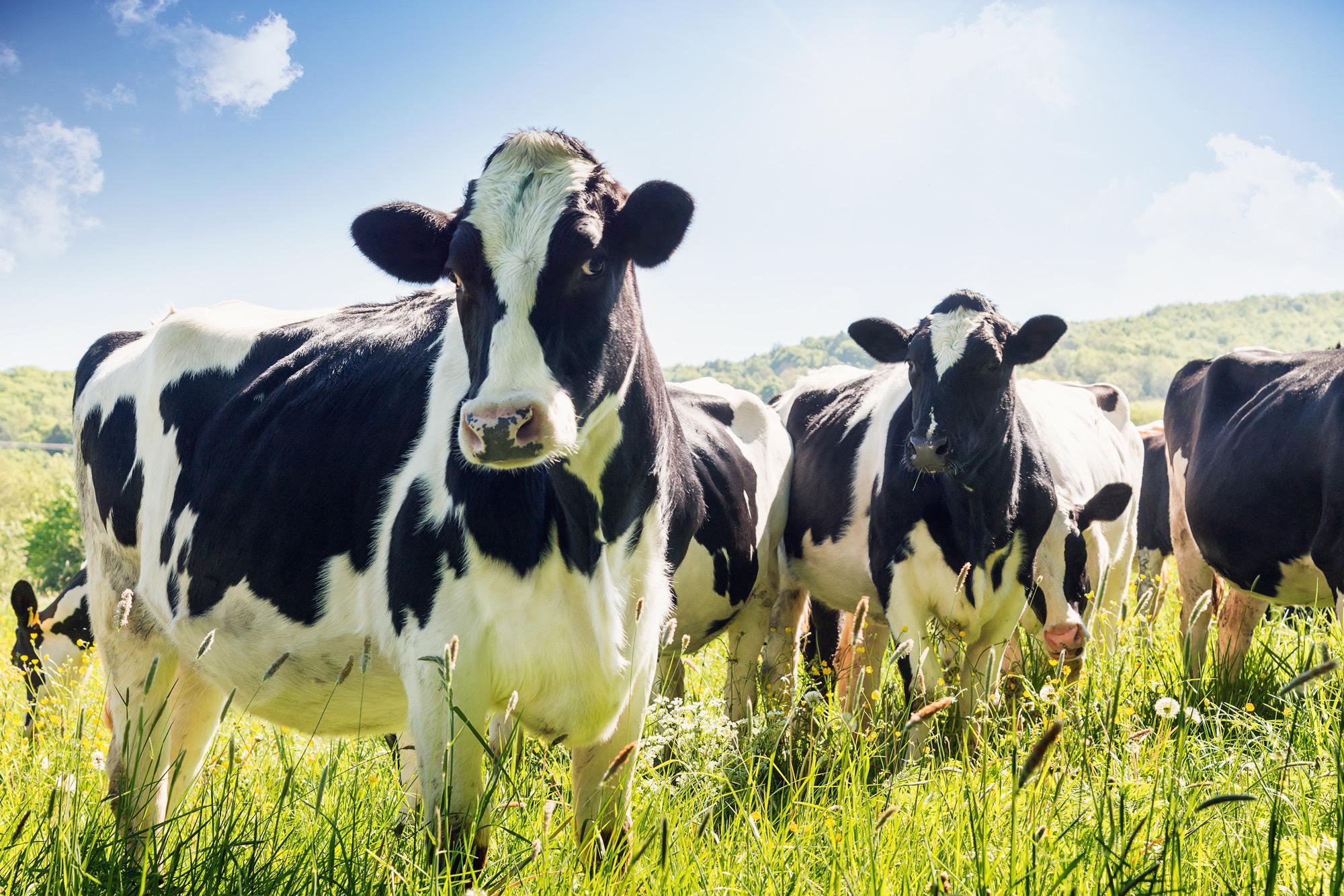


Milk is a type of dairy product –most commonly made from cows.
1 serving milk contains
13 essential nutrients
1. Ayrshire
2. Brown Swiss
3. Guernsey
4. Holstein
5. Jersey
1 cow produces around 6 gallons of milk/day.


Milking Shorthorn

Holstein cows all have a unique pattern of spots!

The reason milk is white is because it contains “casein”
- a type of protein.

The U.S. produces ~227 BILLION pounds of milk each year.

Milk is the source of ALL dairy products!




Protein



Protein builds, maintains and replaces the tissues in the body.
Protein helps to transport & store nutrients throughout the body.
18-20% of the body is protein.
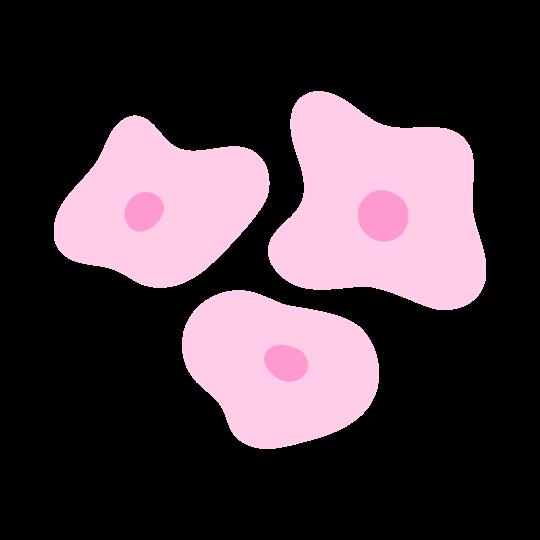
EVERY cell in the human body contains protein.

The body cannot store protein long term… which is why protein needs to be consumed daily.

Protein plays a big role in building and repairing muscles.


Protein is a MACRONURIENT. A macronutrient is a nutrient that the body needs in LARGE
Protein helps maintain fluid balance throughout the body.

“building blocks



